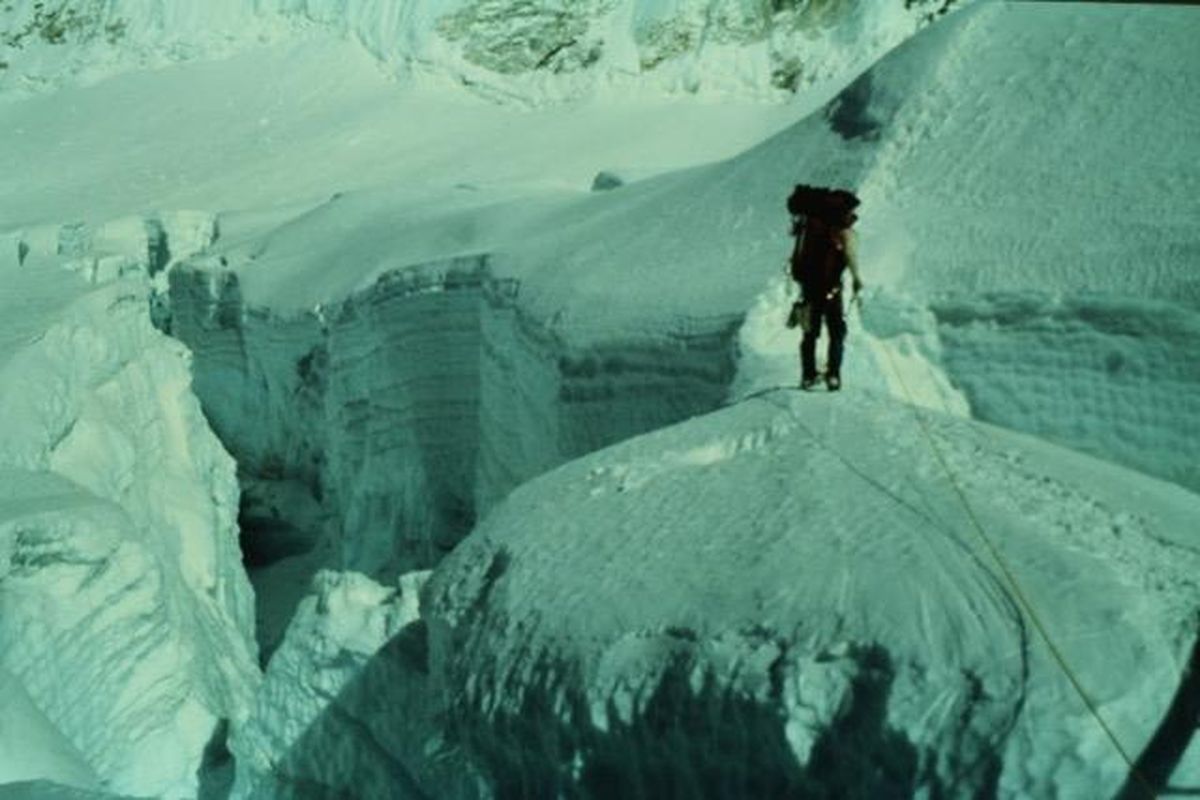Spokane Everest veterans reflect on spate of recent deaths

Like any elite athlete, when Jim States was at the height of his climbing career, he practiced incessantly.
The retired physician, who lived in Spokane until 2002, climbed numerous high-altitude Himalayan peaks, including Mount Everest. Most notably, he was a member of the 1980 Spokane-to-Makalu Expedition with John Roskelley, Chris Kopczynski and Kim Momb.
That practice, which he refers to as his autopilot setting, was crucial in keeping him alive in an unforgiving environments. Before big expeditions, he’d train his body to wake up every few hours during the night so he could drink water. During the physical rigors of a high-altitude climb, proper and regular hydration can mean the difference between life and death.
“The muscle memory. I build that into everything I do,” he said in an interview Tuesday. “It has to work when your brain and body are exhausted. No excuses.”
That’s part of the reason why States, who now lives in Shelton, Washington, wasn’t surprised by the recent spate of deaths on the world’s highest peak.
“These are predictable deaths,” he said of the 11 climbers who have died on Everest this season.

Predictable because many of the climbers aren’t properly prepared and don’t have extensive climbing experience, instead relying on guides and Sherpas to guide them up the 29,029-foot mountain.
And predictable because there are too many people attempting to climb one or two routes. The overcrowding was depicted perfectly on May 22 in a photo of dozens of climbers inching along a sharp ridge above South Col, with a 7,000-foot drop on either side.
States, who has been on that exact spot, said it’s comparable to laying a telephone pole across parking blocks and asking people to walk across it.
Except if you fall, you die, and the high altitude means that every extra minute you spend increases the chance of serious injury or death.
“It was a very narrow spot,” States said. “It was fine for one climber to climb. But it’s not fine for a couple hundred people. So those are predictable deaths, based on greed.”
Nepal, one of the world’s poorest countries, relies on the climbing industry to bring in $300 million each year. It doesn’t cap the number of permits it issues or control the pace or timing of the expeditions, leaving that to tour operators and guides who take advantage of brief good weather windows.
States doesn’t blame it only on the Nepalese government and guides, saying that there is “accountability” all around. Still, he hopes these deaths will force change.
The death toll this season is the highest since 2015. Most of those who died are believed to have suffered from altitude sickness, which is caused by low amounts of oxygen at high elevation and can cause headaches, vomiting, shortness of breath and mental confusion.
This year, permits were issued to 381 people on 44 teams, a record number, according to the government. They were accompanied by an equal number of guides from Nepal’s ethnic Sherpa community. Some climbers were originally issued permits in 2014 that were revoked midseason when 16 Sherpa guides died in an avalanche and other Sherpas, whose support as guides and porters is essential, effectively went on strike.
Permits cost about $11,000. Guided trips cost about $40,000, but that varies depending on which route and which service is selected.
Roskelley, one of the premier climbers of his generation, has been on Everest five times and reached the summit once. He doesn’t think the recent deaths will change anything. For Nepal and the guides, the money is too powerful. And for the climbers who pay, the chance to stand on the highest peak is too alluring.
“I can tell you it’s not going to stop,” he said.
The overcrowding on Everest is not unique to that mountain. Easy routes up iconic peaks around the world, including Washington’s Mount Rainier, are swarmed with climbers with various levels of preparation.
“Basically, you can go anywhere and be alone,” Roskelley said. “But if you want to climb something like Everest or Mount Rainier, and you want to be alone, you have to select a route that’s too hard for most people.”
The Associated Press contributed to this report.